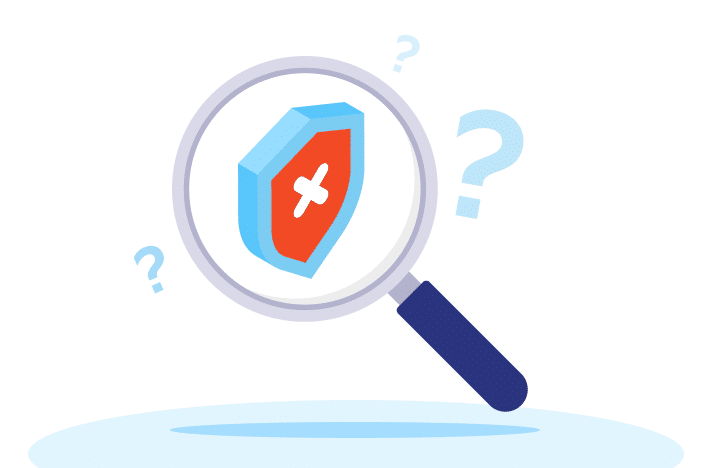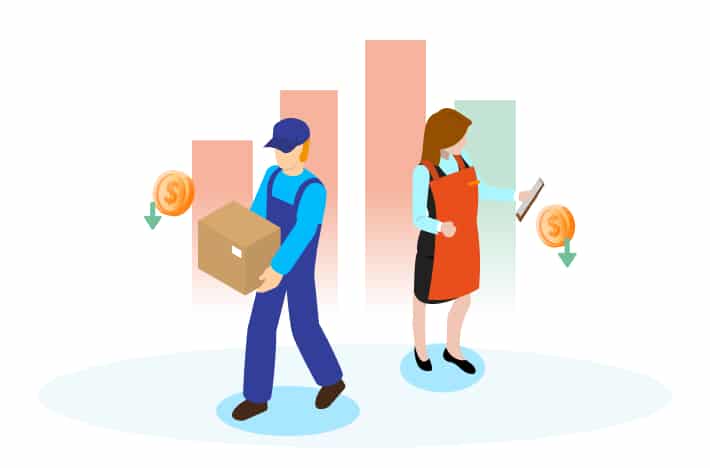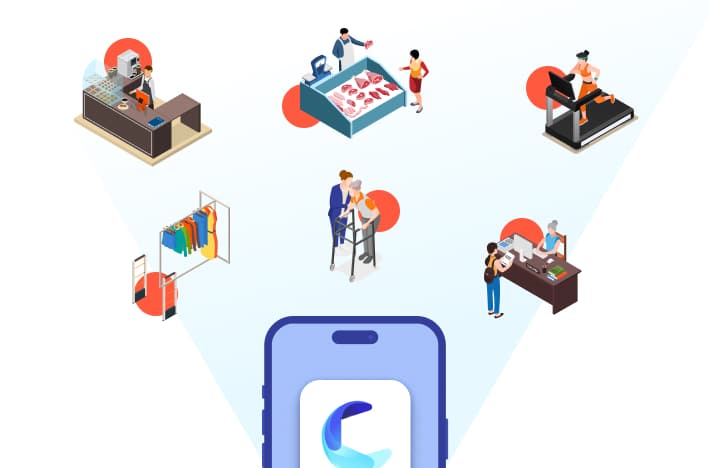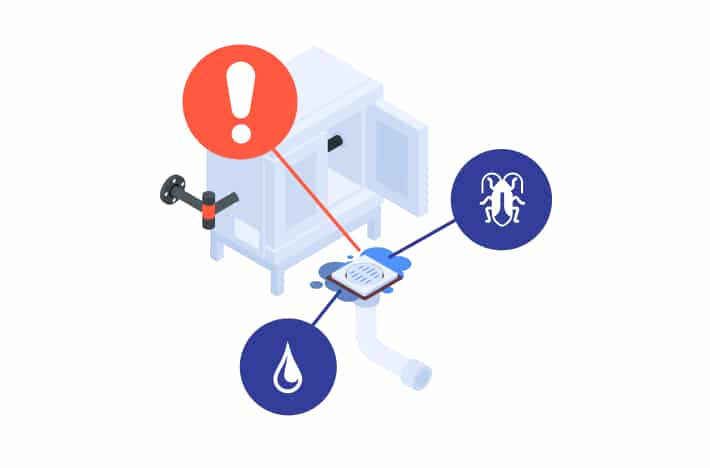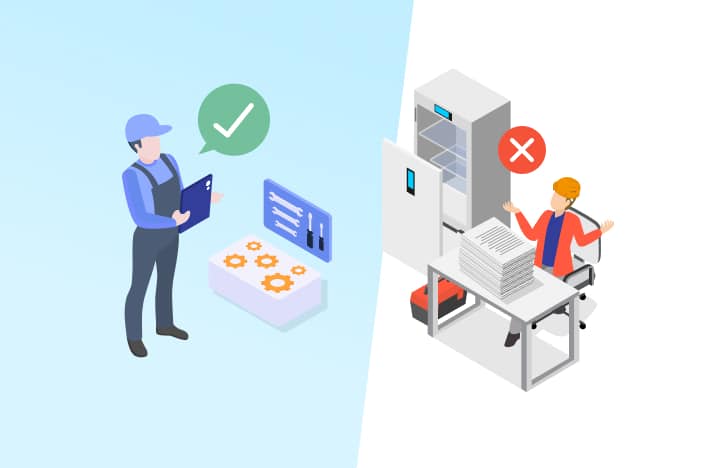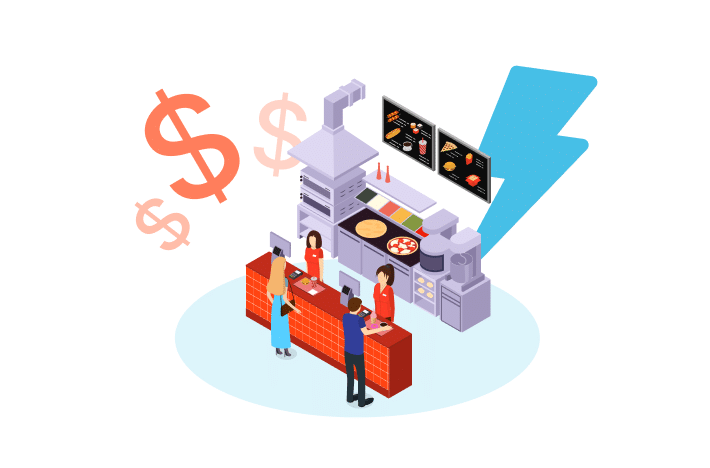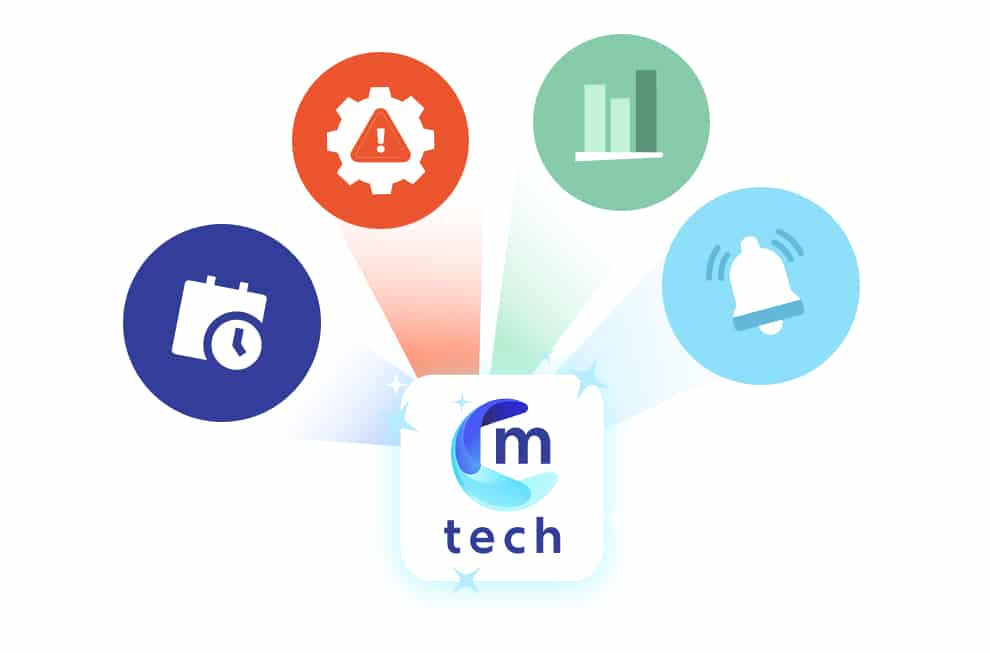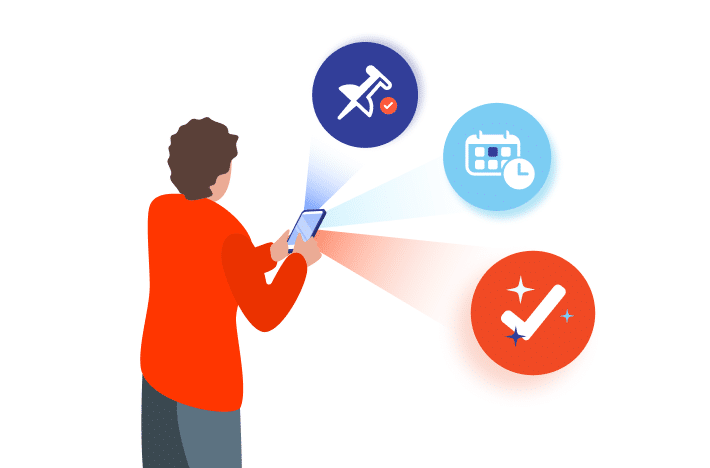Guest writer Cathy Goodwin is an expert FoodService Equipment Consultant with 35+ years of industry experience. She runs a highly successful Food Equipment Consultancy business, and her career has spanned fields ranging from hospitality to product development.
Commercial kitchen equipment and refrigeration are designed to be durable, but when breakdowns occur, it’s rarely due to a manufacturer fault. Most problems arise from poor installation, incorrect application, or neglected maintenance.
It’s important to know that warranties only cover issues caused by a genuine manufacturing defect. If equipment fails because of how it was installed, used, or looked after, repair costs, replacement parts, technician fees, and even stock loss usually aren’t covered.
To help you avoid these costly mistakes, here’s a breakdown of common problems and how to prevent them––based on real-life examples.
What can go wrong in installation
Scenario 1: Incomplete installation
Your mate Johnny, an electrician, wires up a 3-phase combi oven. Job done, right? Not quite. Johnny didn’t install the water filter, check the water pressure, the drain pipe is standard PVC, and no clearance behind it. The result: an oven that doesn’t work properly.
Lesson: Always use qualified professionals who are trained and experienced with the specific equipment.
Scenario 2: Not installed as per manufacturer specifications
A builder couldn’t get the core hole for an ice maker drain in the right place, so they extended the hose a couple of metres to the left. The drain kinked, and now the ice bin fills with water.
Lesson: If an install doesn’t match the manufacturer’s specs, stop and ask the supplier for advice. Shortcuts create expensive problems.
Scenario 3: Incorrect placement of equipment
Your cousin Harry, a retail designer, sets the combi oven next to an open flame burner. No space for a water filter, no ventilation clearance. The side of the combi turns black, and the control panel starts melting.
Lesson: Kitchen design is a specialist job. Always allow space for ventilation, servicing, and safety.
Scenario 4: Not enough bench space
You squeeze a toaster against the wall to make room for a cutting board. The power cord overheats and begins to melt.
Lesson: Countertop equipment needs clearance for ventilation, safe operation, and easy cleaning—don’t cut corners on space.
What can go wrong in application
Scenario 1: Mistaken powerpoint
A 14-year-old casual plugs in their phone charger, turning off the freezer by mistake. By morning, thousands of dollars in stock are lost.
Lesson: Allocate specific powerpoints for things like phone charging, and make sure staff know what must never be switched off.
Scenario 2: Assuming equipment functionalities
You load a display fridge with room-temperature drinks. Customers complain they’re warm. The fridge isn’t broken—display units are designed to hold already chilled items, not cool them quickly.
Lesson: Train staff on what each piece of equipment can and can’t do.
Scenario 3: Not doing your research before purchase
You buy an ice machine that produces 96kg a day. Sounds great—until you discover that means only 4kg per hour. The bin runs out before service is half over.
Lesson: Read the fine print. Match equipment output to your actual operational needs before you buy.
What can go wrong with maintenance
Scenario 1: Staff unaware of proper shut down procedures
Pete knows how to shut down and clean the dishwasher. Bekky, filling in for him, forgets about the wash and rinse arms. By the end of the week, the dishwasher isn’t cleaning properly.
Lesson: Don’t rely on one person’s knowledge. Regularly train all staff on shutdown and in-house maintenance.
Scenario 2: Undocumented maintenance processes
Maintenance instructions are buried in a single operations manual no one can find. When the condenser on an under-counter fridge needs cleaning, staff can’t access the information.
Lesson: Document all maintenance processes clearly, and keep them where every staff member can access them. Digital systems make this even easier.
Scenario 3: Being lax on maintenance schedules
The exhaust canopy looks fine, so you skip the recommended duct and fan clean. Soon, grease is dripping down the canopy and onto sprinkler heads.
Lesson: Manufacturer-recommended service intervals exist for a reason. Follow them before visible problems appear.
To wrap up
To keep your commercial kitchen running smoothly and your warranty valid, make sure you cover these essentials:
- Get professional advice on the right equipment for your needs.
- Provide designers and builders with technical specifications so installs are correct.
- Use qualified installers who understand the equipment.
- Train your staff in both operation and in-house maintenance.
- Schedule preventive maintenance with qualified technicians, as per manufacturer guidelines.
Preventive maintenance is one of the best investments you can make. It helps catch installation and application issues early, extends the life of your equipment, and minimises the risk of downtime or costly repairs.
